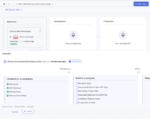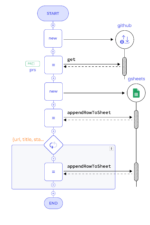A new release of WSO2’s open-source Web services middleware introduces a pluggable architecture where components are automatically added as required by services.
Version 3.0 of the WSO2 “Carbon” middleware platform is available for download today. The platform includes an ESB, the WSO2 Web Services Application Server (WSAS), WSO2 Governance Registry 3.5 and WSO2 Identity Server 3.0.
WSO2 retooled its products to follow the OSGi specification last year. OSGi implements a component model for the Java Virtual Machine to make Java more modular.
That change permitted WSO2 to build a component manager with a graphical controller for provisioning middleware. It manages dependencies by installing components that are related to a function.
“If you choose a mediation, it finds the XSLT [XML transformations] component related to that and installs it as well,” said Paul Fremantle, WSO2’s CTO. “It’s like Eclipse for servers… There’s just enough middleware.”
WSO2 now uses Web Services Dynamic Discovery (WS-Discovery) to automate the detection and configuration of Web service endpoints in its registry. That change makes it easier to locate services in a cloud platform, where a service may not be located at the same place each time, Fremantle explained.
More product-specific changes are priority-based mediation and more deployment options for the ESB. Developers can write custom logic for categorizing work, Fremantle said. The ESB now features hot patching, and departments can manage their own deployments of components.
WSAS has a new dashboard with impact analysis gadgets and an integrated XML editor, and developers may now write service life-cycle processes in JavaScript. Governance Registry supports Security Assertion Markup Language and the Open Authorization protocol for user authentication.
Carbon middleware products may be deployed as cloud-ready images in Amazon or Linux Kernel-based Virtual Machines, or in VMware formats. Pricing is dependent upon support plans.





